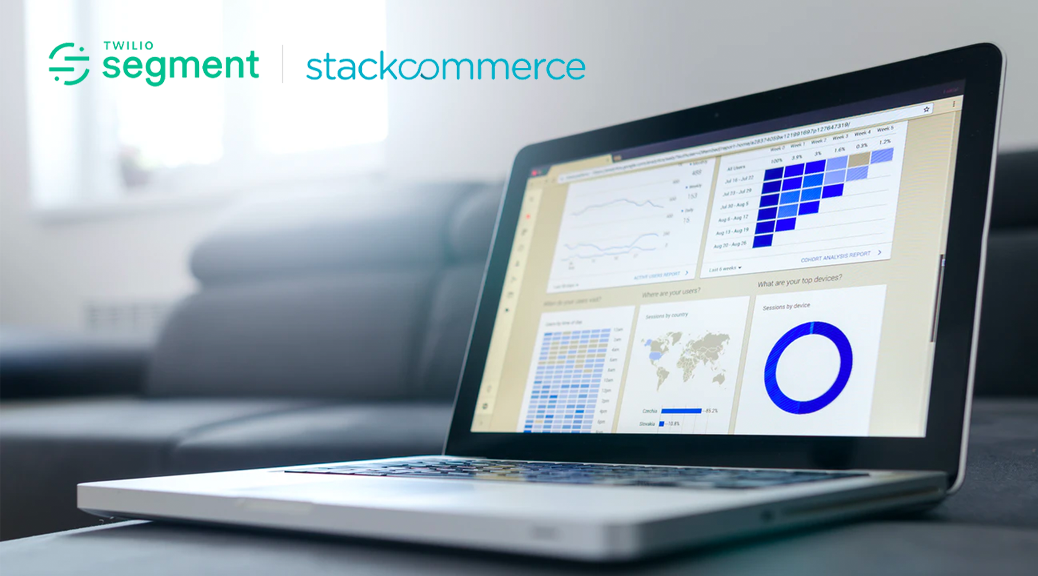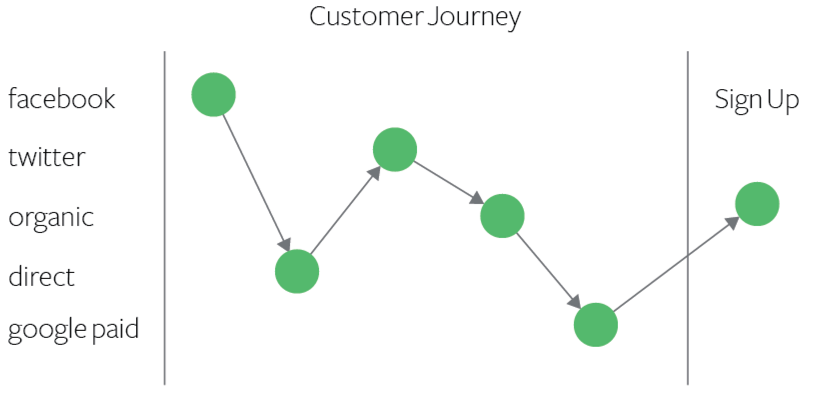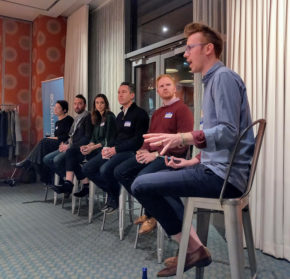
In digital marketing, which any commerce brand should be leveraging daily, data is everything—and it’s plentiful. At StackCommerce, where we use paid ads to support our publisher and merchant partners, data is the key to proper paid ad attribution. But data in and of itself isn’t very meaningful if you can’t easily and accurately pull insights from it. Having too much data or muddied and disjointed data is a common difficulty media and business platforms face regularly, often leading to excessive amounts of manual labor, an incomplete picture, inaccuracies, or some combination of the three.
When Stack set out to streamline and standardize the way data was being collected across the company and break down data silos, we wound up addressing another data challenge entirely: multi-touch paid ad attribution.
What’s paid ad attribution and why is it problematic?
In its simplest form, attribution in digital marketing is the process of tracking the series of events that brings a user from first-touch click to intended action. That action can be any number of things—downloading an infographic, signing up for a newsletter, making a purchase. The journey a reader or consumer takes before performing that action helps marketers attribute, or credit, the action more or less to each touchpoint along the way. The story told by this data can help focus business efforts and marketing budgets for a better ROI with paid ad spend.
Sounds straightforward enough, but most users veer off on complicated, often long paths between first clicking on a sponsored post and eventually performing the action the ad was intended to encourage.

For Stack, this journey is multi-touch by design: ads promote articles that contain links to buy products. Once a reader is engaging with content, it’s easy for them to click away to other content and not come back to buy the product until hours or even days later, with other points of engagement in between.
With so many touchpoints, how can you know what experience ultimately led the user to convert? You can spend hours sifting through data you’ve gathered from pixels and other methods, attempting to piece together the paid ad attribution picture manually. Or you can use a multi-touch attribution tool.
Optimizing paid ad attribution with Segment
In 2020, Stack began evaluating Segment, a leading CDP (customer data platform), as a tool to help eliminate data silos and standardize data collection for all teams. In doing this, we saw an opportunity to build redirect links for paid ads using their CDP.
Our new strategy, which we analyzed against our pixel method, proved to offer additional details and more accuracy when connecting paid ads to the orders that came from them. With a stronger data set, we’re able to characterize users in a smart way and gain holistic, more nuanced insights into their behavior. Now we can discover how a user found Stack, where abandonment occurred, which channels drove conversions, and more.
Switching to a paid ad attribution tool benefitted our team members
Working with Segment for paid ad attribution enables our marketing team to ensure their efforts are having the most impact possible. That’s clearly a worthwhile benefit, but just as important? How much time it’s saved our account managers.
Manually updating merchant and publisher partner reports based on attribution data used to take a lot of time and effort that could’ve been better spent on more meaningful, strategic tasks. With Segment’s accurate data and automation functionality that pushes paid ad earnings reports to our partner dashboards, account managers are saving hundreds of hours a year. Hundreds of hours.
As the e-commerce and digital media industries continue to change, being able to collect and analyze data accurately and efficiently will continue to grow in importance. Our Segment integration allows us to help our partners profit in an ever-shifting landscape and trust that we’re crediting them for their role in every conversion. Providing a positive experience that builds confidence in StackCommerce for our merchants and publishers is important to us, and tools like Segment assist us in making that happen.

